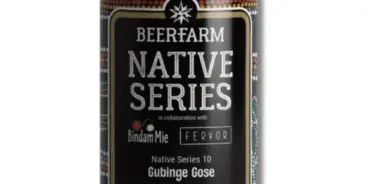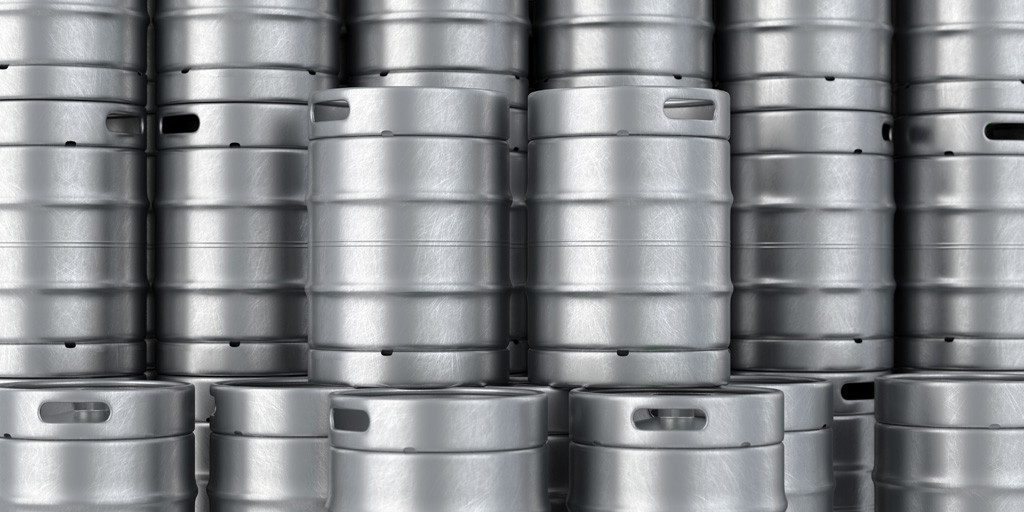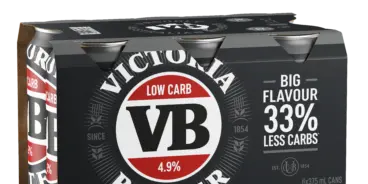
Brewers give their verdict on excise changes

From today, selling beer in Australia won’t be the same.
Changes to the beer excise system across the country will make kegs under the standard 48-litre fill cheaper and, according to the Federal Government’s ideology, provide more sales avenues for smaller breweries.
The changes, in which all kegs between 8 and 48 litres are now taxed at an equal rate, received bipartisan support.
Yesterday a 30-litre keg of beer over 3.5% alcohol by volume was taxed at $50.40 per litre of alcohol. From midnight that rate was reduced to $35.50 – the same level as the traditional “50-litre” keg.
It meant a 30-litre keg of 4.5% beer which came with an excise bill of around $50 – compared to the “50-litre” keg’s tax of around $59 – would now only be slugged about $36.
Midway through last year, then-Treasurer Scott Morrison said lowering the excise rate for smaller kegs would stimulate tap opportunities for the rapidly growing band of craft breweries across the country.
“Currently, draught beer sold in kegs exceeding 48 litres is taxed at lower rates compared with beer sold in smaller kegs. This is unfair for smaller brewery businesses,” Morrison said.
“Extending the concessional draught beer excise rates to kegs of 8 litres or more will level the playing field for craft brewers, which typically use smaller sized kegs, to distribute their beer to pubs, clubs and restaurants.”
However, the excise overhaul has raised concerns amongst experienced craft breweries that the changes could encourage both new and established players with the wrong motives into an already crowded market.
Bentspoke’s Richard Watkins, who has seen the dramatic changes in Australian beer since he joined Canberra’s Wig and Pen in the mid-1990s before moving on to his own award-winning brewery five years ago, believed the old excise regulations helped keep out operations that simply sought to make a quick dollar.
“No-one likes to see excise go up and have to pay more money to the government,” Watkins said.
“But I’m a big believer in our excise tax, I think it is a really good protection for our industry. It is a barrier to entry for a lot of people.
“The main part about it is that if there was no excise tax beer would be really cheap to make.
“Excise plays a role in that we are not going to get people into our industry who don’t love it. Excise protects us from having people coming into our industry to make really cheap beer, that might not be up to standard, and try to make money.
“I wasn’t really supportive of lowering the excise level to 8-litre kegs. All the imported beer was coming in 30-litre kegs and now they can come into the country, they pay the cheaper rate of tax and compete for tap points, taking them away from local Australian breweries.”
Feral founder Brendan Varis, who has been involved in the industry for 20 years, said that while paying any tax hurts, it was a necessary evil to maintain the quality of beer produced by craft breweries.
He believes that the government should use more of the monies it collected from beer excise to provide a better social benefit to the community.
“I don’t have a problem paying excise tax and never have. I’ve not been one that has championed [the changes]. I don’t mind a little barrier to entry. You don’t want to make it too easy,” Varis said.
“Beer excise is a sin tax. I get a bit disappointed when it gets dumped into consolidated revenue and isn’t being poured back into areas such as the prevention of the poor use of alcohol.
“What goes into that isn’t proportionate with the amount of money excise contributes to the tax coffers. That rate isn’t right.”
There have been concerns the lower rate of excise for 10, 20 and 30-litre kegs could prompt an influx of cheaper, lower quality beers from overseas.
The WA Brewers Association president Dan Turley released a policy statement last year that cautioned the change.
“The reduced keg excise must be met with some caution, however, in that it may also potentially open the floodgates for cheaply produced imported beer packaged in smaller kegs, especially one-way disposable plastic kegs,” Turley said.
But Varis, whose Hop Hog Pale Ale has been Feral’s flagship beer for more than 10 years, isn’t so concerned about the threat to the Australian market from international breweries.
“I’m not scared or worried so much about imported beer taking away too much from local craft in this day and age because the industry has grown a lot,” Varis said.
“Our capability and quality have moved a long way since this conversation started 10 years ago.
“We needn’t fear more mature industries. And since we predominately drink hoppy beers, the ones made here should be better than the ones brought in from overseas.”
However, a much smaller producer, Artisan Brewing’s Brian Fitzgerald, believed the smaller keg excise regime should provide more opportunities to sell his beers to bars and pubs.
Artisan is a perennial Perth Royal Beer Award-winner for Fitzgerald’s high abv specialty Belgian ales. He produces less than 40,000 litres a year.
“The 30-litre kegs would be good for a Belgian Quad for example because some publicans and bar owners shy away from trying to move that style of beer in a 50-litre keg,” Fitzgerald said.
“With the smaller keg they know they shouldn’t have to sit on it as long. There isn’t such a high risk at finishing it.”
Watkins and Varis confirmed Bentspoke and Feral would each consider purchasing 30-litre kegs if there were a demand from customers.
Watkins said the smaller vessels had a clear occupational health and safety advantage, but Varis said the one-way kegs posed their own concerns for the community and the beer market.
“It is worse for the environment any way you look at it,” Varis said. “With 30-litre options you’ll be cleaning more kegs for the same number of litres or you’ll have more one-way kegs. And let’s face it, they aren’t great.
“The process to make those things, and the waste afterwards, are a bit of a problem.
“I think we have to remember here that there is the same amount of beer being consumed regardless of the size of the kegs. The pool of consumers doesn’t necessarily get bigger.”
Rebates for breweries
Another component of the Federal Government’s excise overhaul is the $70,000 increase to $100,000 in rebates for breweries.
It still falls well short of the $350,000 refund available to wineries under the WET tax system.
Watkins and Varis welcomed the new benefit but concurred more needed to be done to alleviate the imbalance in alcohol taxation.
“I don’t mind the rebate. You have to pay it first and if you’re not paying that level of excise you probably aren’t making any money anyway,” Watkins said.
“That’s another salary for us. We’ll employ someone with that extra money. In some ways we can thank the government for that. That’s a win-win for us and the economy.
“The solution to the whole excise debacle between the three levels – wine, spirits and beer – is to have a volumetric tax rate. The government has got to have the balls to get it done otherwise all we are doing is tinkering.
“While the government can say it did do something here, the volumetric tax is something we need the government to keep working towards.”



